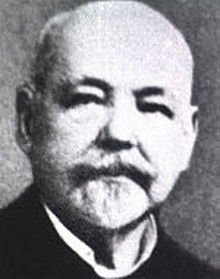Nils Liljequist who was both a doctor and Priest was from Stockholm, Sweden. In the 1860s, a young Swedish boy, Nils Liljequist became ill with enlargement of the lymph nodes as the consequence of vaccination, He noticed the changes in the color of his formerly blue eyes, as the drug spots (pigment) appeared after being treated with Iodine and Quinine.
Peter Thiel(1905) noted:
“Liljequist devoted much attention to the study of the colors due to poisonous drugs, and sought to find the characteristic color for each one; for example the dull luster in lead poisoning, the minute glittering points in mercury poisoning, a yellow-white in quinine, a gray-white in arsenic, a misty gray in opium creosote, a dirty gray in salicylic acid, a light gray in opium poisoning.”
In 1870, he published a paper describing his experiences, ‘Quinine and Iodine change the Colour of the Iris’ and a two-volume set Om Oegendiagonesen (Diagnosis of the Eye) in 1893 which included 258 black and white drawing and 12 colorized double iris drawings.
Liljequist discovered the Epileptic center of the iris.
It is interesting the emphasis Liljequist put on pigments, in contrast with von Peczely who put emphasis on location.


